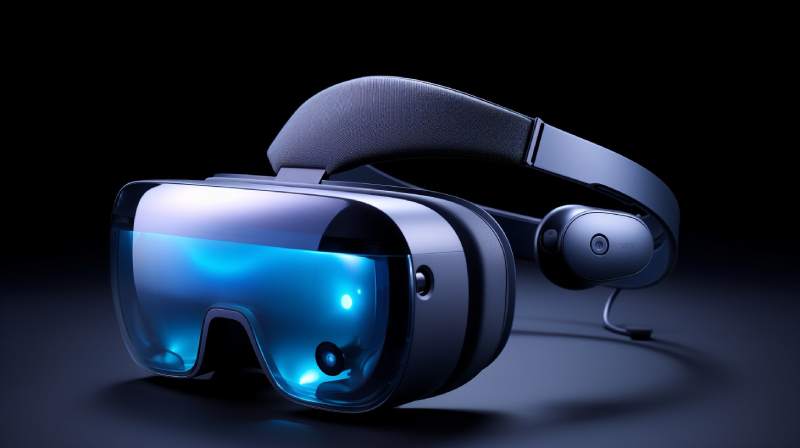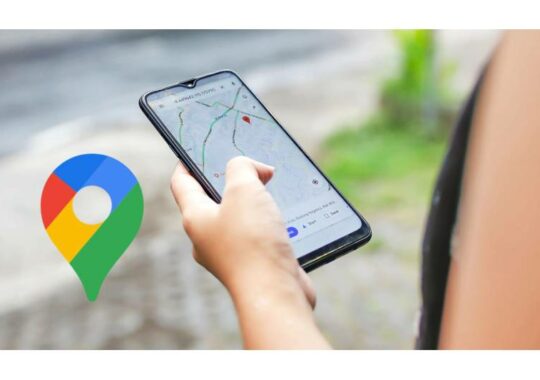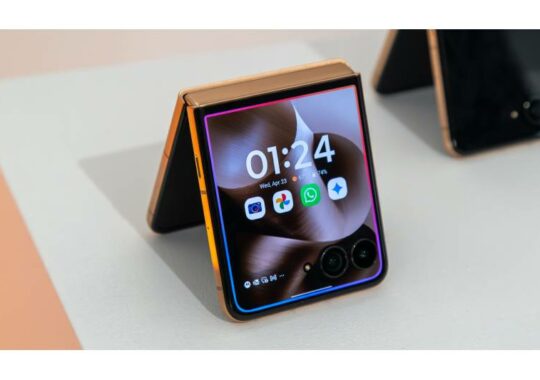Samsung disclosed that it is developing an XR product in association with Google and Qualcomm during the Galaxy S23 launch. Although neither the product nor its release window were disclosed, there were rumors that Samsung would release the XR headset in late 2023, but that didn’t materialize. There is now more information available regarding the creation of the company’s first XR headset.
Samsung established the “Immersive Team” within Samsung MX to develop XR headsets
In order to develop first XR headset, Samsung reportedly formed a different team known as the “Immersive Team,” according to a recent report from Hankyung. The Samsung MX (Mobile Experience) division is responsible for this team and produces smartphones. The team consisted of a few members at first, but it has since grown to one hundred. It is reported that the company plans to increase the team size in order to expedite the development of the XR headset. Samsung is reportedly concerned that it might fall behind in the race after more than 200,000 units of the Apple Vision Pro headset were sold last month.
Additionally, according to the report, the Immersive team was assembled with specialists from a number of Samsung Electronics departments, including technology development, marketing, and planning. The XR headgear may be unveiled in the second half of this year, along with the Galaxy Z Flip 6 and Galaxy Z Fold 6, according to reports from the company.
What is the first Samsung XR headset expected to be like?
Samsung may have used a pair of 1.03-inch OLEDoS screens with a pixel density of about 3,500 ppi in its XR headgear, according to several reports. The CES 2024 exhibition featured a microdisplay developed by eMagin, a company owned by Samsung Display. It may also make use of Qualcomm’s Snapdragon XR2+ processor, which has a 90 frames per second capability to drive two screens with 4.3K resolution each eye. An Android version that has been tailored for mixed-reality headsets is purportedly the operating system of the upcoming headset, which is manufactured by Google.
Several camera sensors could be included in the device to enable full-color passthrough with a latency of only 12 ms. In addition, it might feature Qualcomm’s next-generation ISP (Image Signal Processor), a strong GPU and NPU, Wi-Fi 7 connectivity, and a quick response time. The product might cost a lot less than Apple’s Vision Pro. It might be compatible with Samsung laptops, tablets, and smartphones.





